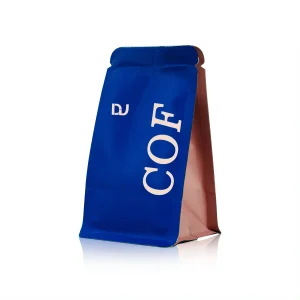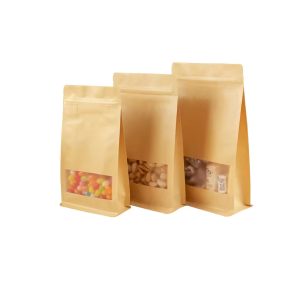1.What is flexible packaging?
Flexible packaging is a type of packaging made from flexible materials, such as paper, PE, or MOPP. Its shape can change according to the product it contains. Common examples in daily life include facial mask pouches, cookie pouches, and salt pouches.
2.What types of flexible packaging are there?
Flexible packaging can typically be classified by its shape into flat pouches, stand-up pouches, side gusset pouches, and shaped pouches.
3.What are the uses of flexible packaging?
Due to its excellent airtightness and cost-effectiveness, about 90% of food products use flexible packaging. It is also used for personal care, health products, and pharmaceuticals. For example, canned coffee can develop a stale taste due to air exposure each time it’s opened, whereas coffee in stand-up pouches allows for air removal after each use, preventing spoilage. Similarly, food-grade spouted pouches for beverages or soups offer a convenient alternative to traditional aluminum cans, as they can be microwaved directly.


4. Advantages and Disadvantages of flexible Packaging Compared to Rigid Packaging
Compared to rigid packaging, flexible packaging offers better cost-effectiveness, airtightness, portability, and environmental benefits.
Cost-effective: flexible packaging has very low production costs. Its shape can change based on the product it contains, allowing flexible packaging to save more space during transportation than rigid packaging, further reducing shipping costs.
Airtightness: Due to the production process, excellent airtightness is a key feature of flexible packaging, which food manufacturers often use to extend the shelf life of products.
Portability: flexible packaging takes up less space.
Environmental benefits: flexible packaging, like rigid packaging, can be recycled. Additionally, it uses less material in production, reducing carbon emissions. For example, flexible packaging for laundry detergent uses 60%-95% less plastic than rigid containers.
